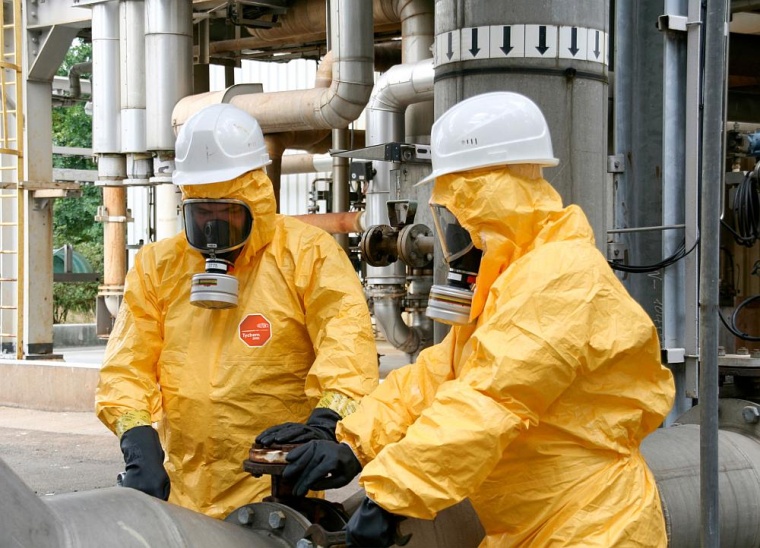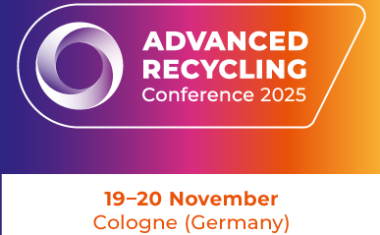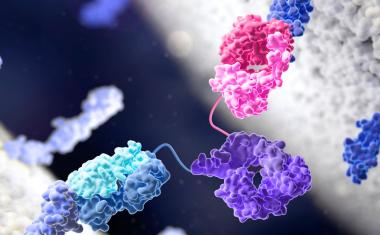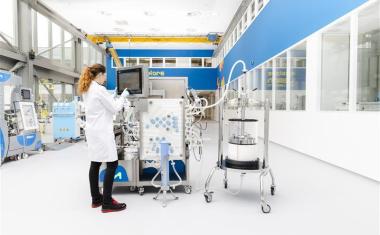ECHA to Recommend Workplace Exposure Limits

As part of an agreement with the EU Commission, the European Chemicals Agency (ECHA), the body that administrates REACH, will provide regular recommendations for occupational exposure limits (OELs) that protect workers exposed to hazardous chemicals.
The plan follows the second REACH review, in which one of the proposed action points was to improve the interface between chemicals and occupational safety legislation.
From 2020 onward, ECHA will be required to assess four to five OELs annually. Work on developing the recommendations was planned to begin immediately. The first exposure limit to be evaluated is planned to be lead, a top priority of the Commission’s DG Employment.
Under the procedure, ECHA’s Secretariat will make proposals for its Committee for Risk Assessment (RAC) to review and adopt scientific opinions, and these will be forwarded to the Commission for decision-making. The agency may also assess the socioeconomic impacts in parallel to developing the OELs.
In 2017 and 2018, the REACH agency conducted a pilot project that delivered five OEL recommendations within a year. These are currently going through the Commission’s decision-making process. Based on its experience from the pilot, ECHA said it will ensure an open and transparent process through public consultations.

















